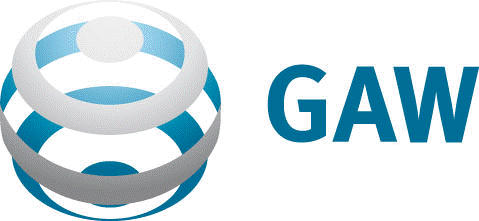|
Japan
Meteorological Agency (JMA)
|
|
Methane Reference Gas Intercomparison
|
|
|
| Purpose |
|
The Japan Meteorological Agency (JMA) serves as the World Calibration Centre (WCC) for methane (CH4) and the Quality Assurance/Science Activity Centre (QA/SAC) in Asia and the South-West Pacific within the framework of the Global Atmosphere Watch (GAW) Programme of the World Meteorological Organization (WMO). |
|
The Strategic Plan of the GAW Programme (2008-2015) has set a goal for the GAW CH4 measurement programme that an internally consistent methane data set should be produced through the use of standards regularly calibrated by the Central Calibration Laboratory (CCL), audits by the WCCs, and intercomparisons of measurements. |
|
Reference gas intercomparison is one of the most important activities towards this goal by ascertaining to what extent the current practice of calibration is working, to find out problems, if any, in the calibration scheme, and eventually to ensure that the measurements are intercomparable. A similar activity has been organized once in several years for carbon dioxide (CO2) by the Climate Monitoring and Diagnostics Laboratory (CMDL (now NOAA/ESRL)) in Boulder, Colorado, USA, and many laboratories involved in CO2 measurement have participated. |
|
Intercomparison has been carried out to compare CH4 measurements in GAW and other stations monitoring atmospheric CH4 mole fractions, particularly in Asia and the South-West Pacific. In the project, two cylinders containing air of known CH4 mole fractions are circulated. |
|
The details of the cylinders including their attachments are given in Annex 1. |
|
At the beginning and the end of the circulation, the cylinders are measured at the JMA CH4 calibration facility in Tokyo to check for drift. Participants are requested to measure the CH4 mole fractions in the cylinders repeatedly (e.g. 10 to 20 times), statistically process the measured mole fractions and report the results to the Secretariat of the intercomparison at the WCC in Tokyo, Japan. The Secretariat compiles the results, and when the circulation of the cylinders is completed informs the participants of the results from each contributor in an intercomparable manner. |
|
The results of the past intercomparisons are shown in Annex 2. |

